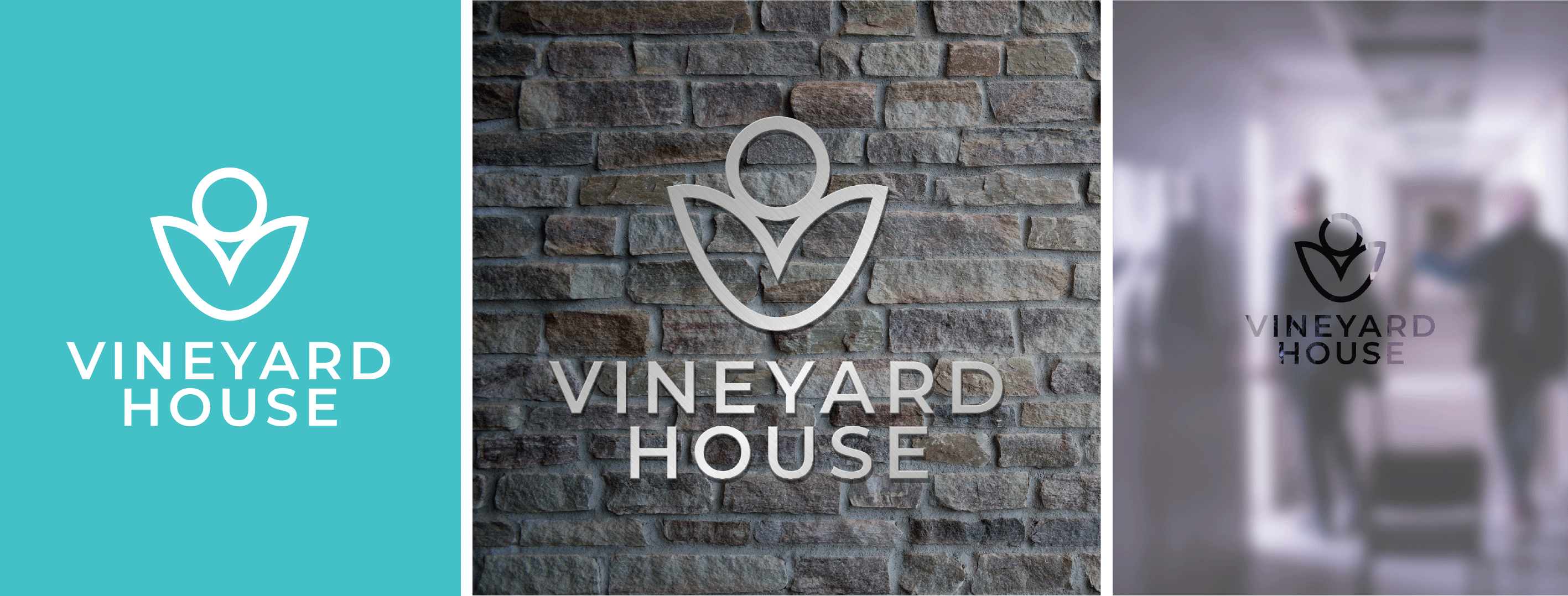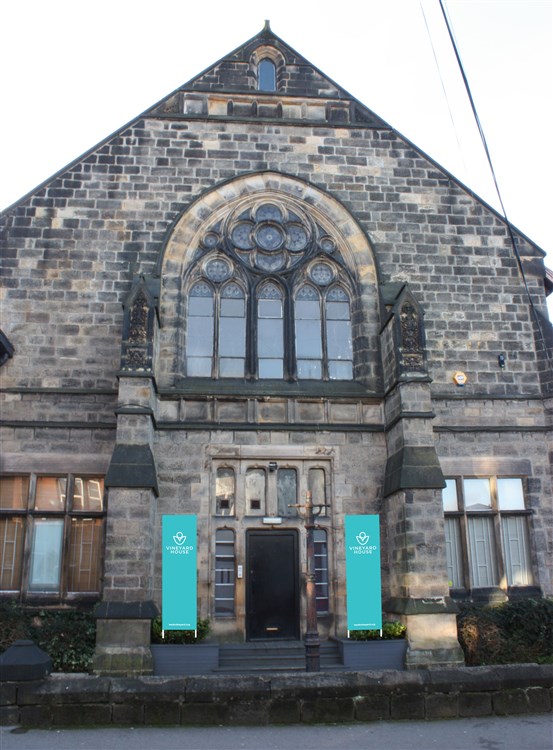
28th February 2019
Update from Cath Storey (Project Manager Fundraising & Communications) about Vineyard House Project – visual identity, personal stories and being good neighbours.
Last month’s blog was a bit of a “bumper” one, it’s such a privilege to uncover and share information about the rich history of the time the building was St Michael’s Parochial Institute. We will have a section on the project website very soon which will include interesting facts and stories about the building as it has been in the past. Connecting with the building’s past story and setting the historical context is important not only for Leeds Vineyard church as we are now custodians of the building but also for the wider community who remember a time when they enjoyed using the building. We want to hear and record these memories and honour them, as well as looking to the future and breathing new life into the building for the Kingdom of God.
You may be interested to read the following story from the building’s past shared by Leslie Bennett, Alison Flowers’ father…
In the 1930’s Vineyard House, or St Michael’s Parochial Institute as it was originally known, was a rather anonymous building set back from the road as I walked between Headingley and my home in Langdale gardens. In fact, I was more aware of the sweet shop next door where my gang would buy Little Demons, Jumping Crackers and Golden Rain fireworks (a penny each) as well as Liquorice Sticks, Mint Imperials and Palm Toffee.
We called it the Bennett Road Institute and I do remember performing there in 1933 when I was 9 years old and attending St Michael’s Primary School. I had the lead part as a lad called Oliver in AA Milne’s Make Believe, a children’s fantasy about pirates, Father Christmas and princesses. Watched by my parents I performed well enough to gain the reward of a big box of toffees at the end of the show. I think the girl lead was Mary Withy playing the part of Wendy. I remember her being a sweet lass who lived in Headingley Crescent just around the corner from South Parade Chapel.

You may have seen that there is now a logo for Vineyard House. It’s very exciting for the project to have its own logo and brand identity now, thanks to the work of Andrew Flowers, (David’s brother). The brief was for the visual identity to firstly communicate a feeling of ‘welcome’, which is created by the curved, natural shapes reflected in the logo, but to also convey a message of ‘transformation’. With a large, and what could be considered “imposing” building, it is important for the logo to extend warmth and acceptance, so that people feel able to come, and want to come, through the doors.
One of the things we love about the logo is that different people see different images - they can interpret it with their own lens. The identity is purposefully linked to the Leeds Vineyard branding, so everyone can instantly recognise Leeds Vineyard as the community of faith which owns and runs the Vineyard House project.

Here’s how the logo looks on a mock up on external signs which will be in place soon. By the end of March, there will be clear project signage communicating that Leeds Vineyard has taken ownership of the building and pointing people to our website to find out more.
Open afternoon for neighbours
This is being held on Sunday 24th March from 3pm and we are really looking forward to opening the building up to local residents, offering them the opportunity to get to know us, for us to share our plans and vision for Vineyard House, to provide tours of the building and to open the floor to questions as well as having an opportunity to hear their views.
We will be holding more open afternoons or evenings, as the clocks go forward, to share our vision and plans for those people of Leeds Vineyard who haven’t yet been able to attend previous events we’ve held at Vineyard House.
Other project updates and work going on behind the scenes includes Sam managing the work to make the inside of the building safe for future renovation work once funds are in place, as well as getting a team of volunteers together to focus on tidying up the outside of the building and making it appear more welcoming using greenery and planting. Sam is also working closely with the architect and project team on various iterations of the architect’s plans to reflect the usable space we require in the building and then moving to provide more detailed renovation and refurbishment costings, as well as looking at business and income flow for the project. This then feeds into funding applications for the capital fundraising to raise the funds to renovate and refurbish the building for use.
If you would like to contact Sam or me about anything relating to the Vineyard House Project, please do email us via the office. If you learn of an amazing story or connection from the building’s past, we would love to hear from you.
Cath Storey